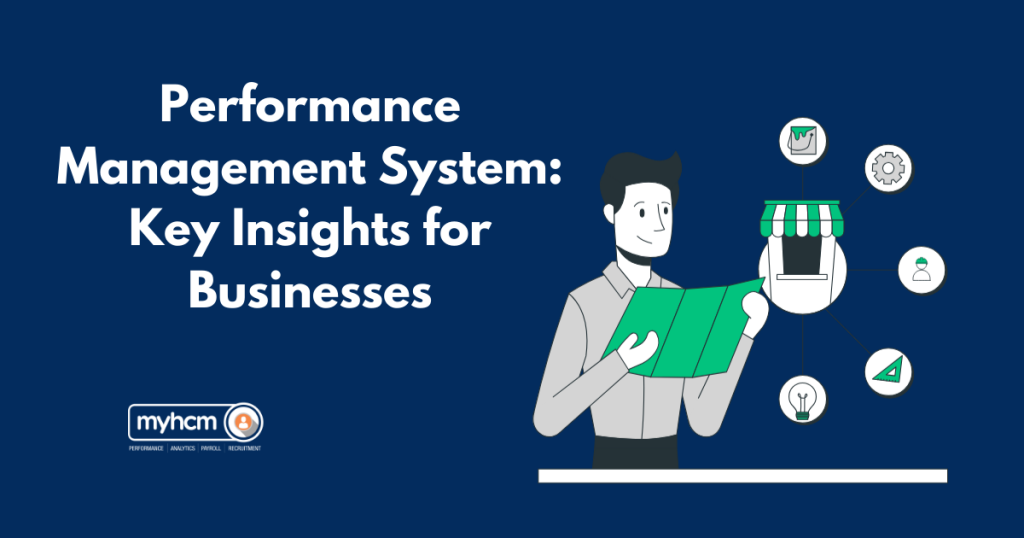Introduction
Understanding the definition of performance management system is crucial for organizations aiming to optimize their workforce. A performance system is a structured approach to assessing employee performances. It helps align individual goals with the organization’s objectives. This system involves setting goals, providing feedback, and conducting evaluations. By implementing a system that manages performance, companies can enhance productivity and employee satisfaction. But what exactly does this system entail? In this blog, we will explore the definition of it, its features, benefits, and how it can transform your organization.
What Is the Definition of Performance Management System?
The definition of performance management system refers to a systematic process that organizations use to improve employee performances. This system includes setting clear performance expectations, monitoring progress, and providing ongoing feedback. Additionally, it involves regular performance reviews to evaluate how well employees meet their goals. Essentially, a performance system helps create a culture of accountability and continuous improvement. It focuses on employee development and recognizes achievements, fostering a more engaged workforce. Understanding this definition is the first step toward leveraging the system effectively.
Key Features of a Performance Management System
To grasp the definition of it, one must also recognize its key features. First, goal setting is a critical component. The system allows managers and employees to collaboratively set measurable and achievable goals. Secondly, continuous feedback is vital. Instead of waiting for annual reviews, ongoing feedback helps employees understand their performance in real time. Third, the it incorporates performance appraisal tools. These tools facilitate structured evaluations, ensuring fairness and transparency. Finally, development plans are integral, as they provide employees with opportunities for growth and skill enhancement.
Why a Performance Management System Is Important
Knowing the definition of performance management system highlights its importance. First and foremost, it drives employee engagement. When employees understand their roles and receive regular feedback, they feel more invested in their work. Additionally, a it aligns individual goals with organizational objectives. This alignment ensures that everyone is working toward the same vision, enhancing collaboration. Moreover, it aids in identifying high performers and addressing performance gaps. By recognizing top talent, organizations can retain valuable employees and cultivate future leaders.
Benefits of Implementing a Performance Management System
The benefits of understanding the definition of performance management system are significant. One major advantage is improved productivity. When employees receive clear expectations and regular feedback, they perform better. Additionally, a it fosters a culture of continuous improvement. Employees are encouraged to develop their skills and enhance their contributions. Furthermore, it leads to better decision-making. With access to performance data, managers can make informed choices about promotions, raises, and training needs. Ultimately, a it contributes to overall organizational success.
Choosing the Right Performance Management System
When exploring performance management system, it’s crucial to choose the right one for your organization. First, assess your organization’s needs. Determine what features are essential for your team, such as goal-setting tools or appraisal mechanisms. Next, ensure that the system is user-friendly. Both managers and employees should find it easy to navigate. Third, consider integration capabilities. The system should seamlessly integrate with other HR tools. Finally, evaluate vendor support. Reliable customer service is vital for addressing any questions or issues that arise during implementation.
Conclusion
In conclusion, the definition of performance management system revolves around a structured approach to enhancing employee performance. This system involves setting clear goals, providing continuous feedback, and conducting regular evaluations. By implementing an effective system, organizations can boost productivity, foster employee engagement, and drive overall success. Understanding this definition and its components is essential for any organization looking to improve its workforce management practices. Now that you grasp it’s definition of, it’s time to consider how it can transform your business for the better.

Pingback: How AI in HR Compliance Ensures a Future-Proof Workplace - Blogs - MyHCM